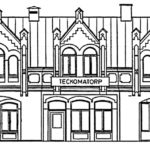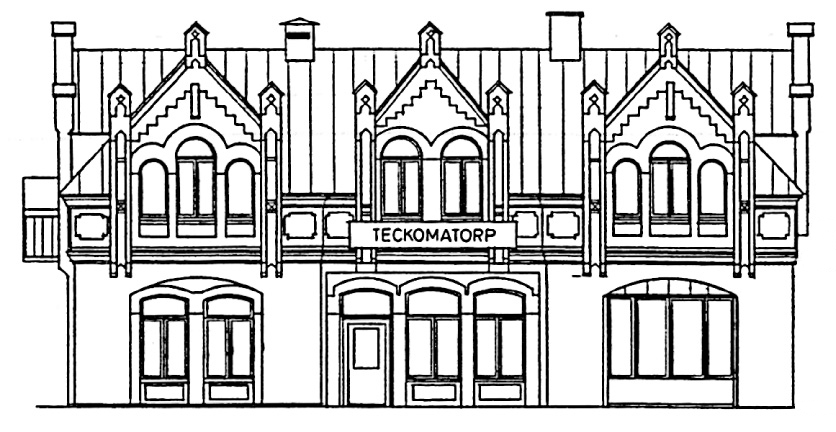Vineta Kaulača
Click to enlarge and view availability, title, size, and price. To purchase, contact the gallery or buy through Artsy.
A Visionary of Time and Perception
Vineta Kaulača, a distinguished Latvian artist born in 1971, delves into the nuanced realms of perception, memory, and the ephemeral nature of time through her multifaceted art. Holding an MA from the Art Academy of Latvia and enriched by global educational experiences, including studies at Humboldt State University and Berlin University of the Arts, Kaulača’s artistic journey is marked by over twenty solo exhibitions across Europe and the US. Her work, celebrated for capturing the delicate interplay between remembering and oblivion, explores the invisible dimensions of time and space via painting, photography, and installation. Recognized by nominations for the prestigious Purvītis Prize and acclaimed in international circles with a residency from the Irish Museum of Modern Art among others, her art resides in eminent collections worldwide. Through her creations, Kaulača invites us into a profound dialogue with our perceptions, challenging us to see beyond the visible.
Kaulača’s artistic statement serves as a testament to her intellectual curiosity and emotional engagement with her subjects. She seeks to unravel the ambiguity and relativity inherent in human perception, focusing on how we construct our understanding of the world through fragmented images influenced by our emotional ties and intellectual encounters. This exploration extends to the invisible dimensions of time and space, which she skillfully delineates through movement, change, and distance.
Furthermore, Kaulača has actively contributed to the dialogue of contemporary art through numerous group exhibitions like “(un)determined” at the 17th International Vilnius Painting Triennial and “Forces” at Art Number 23 Gallery in London. Her significant achievements include winning the juried competition Centre-Periphery organized by Federculture Italia and receiving multiple residencies and awards from institutions such as the Arts Council England’s International Fellowship.
Her works are held in high esteem within prominent public collections globally, including the Latvian National Museum of Art, the Art in Embassies US Department of State collection, and the European Parliament collection. Through her evocative creations, Kaulača challenges viewers to confront their perceptions and engage with the continuum of time in unexpected ways.
“FRAGMENTATION OF THE FLOW”
For the exhibition at the Tapper-Popermajer gallery, Vineta Kaulača has created a new series of paintings alongside already exhibited and published work that will be presented at the exhibition “Fragmentation of the Flow.”
The exhibition will investigate the issues of perception and will focus on the current and fragmented nature of an individual’s perception, the ambiguity of seeing, and the relationship between the visible and the seen, between the image and the object. People, finding themselves in perpetual motion, form their relationships and trajectory of movement closely in line with spatial conditions. The perception of space varies according to the place from which it is viewed, experience, perception, and countless other conditions. The envisaged exhibition looks at time and space as well as memory and principles of organizing space as a field of investigation.
Kaulača’s work aims at illustrating the ambiguity and relativity of perception: the way we look at the world, building up an image of the whole from different parts based on our emotional relationships with and intellectual experiences of any particular image. In perceiving, we rely on the role of time and distance in this process of seeing without even being aware of it. Her findings apply to both time and space as dimensions that are invisible themselves but can be determined by movement, changes, and distance. Kaulača is particularly interested in applying her findings as a painter to other media to synthesize new ones and to benefit from synergy with other media like drawing, photography, cinematography, site-specific installations, and architecture.
Kaulača is trying to capture a delicate in-between state, a border situation between remembering and oblivion, indicating no chance to experience something for the second time — letting us realize continuity, the nature of time which is pointed towards the future. “The moments of physical time lack structure and they are empty; at the same time, the moments that have survived always possess structure and contents,” argues T.B. Ericksen.

